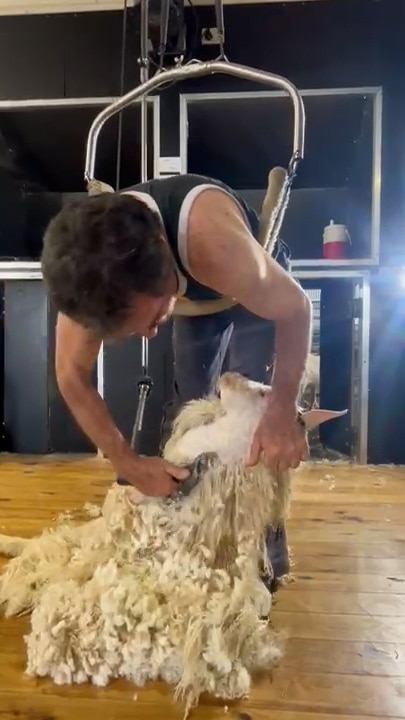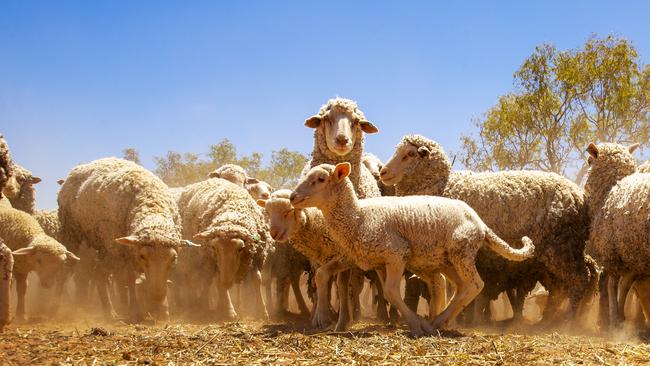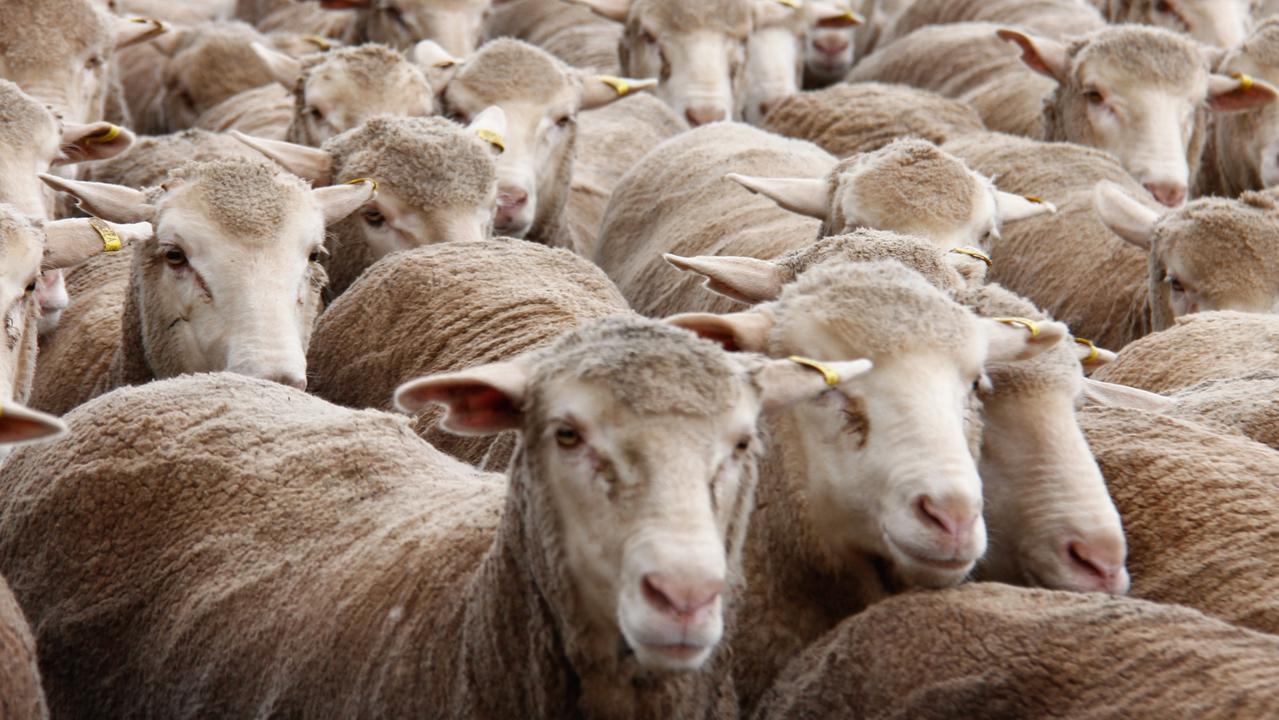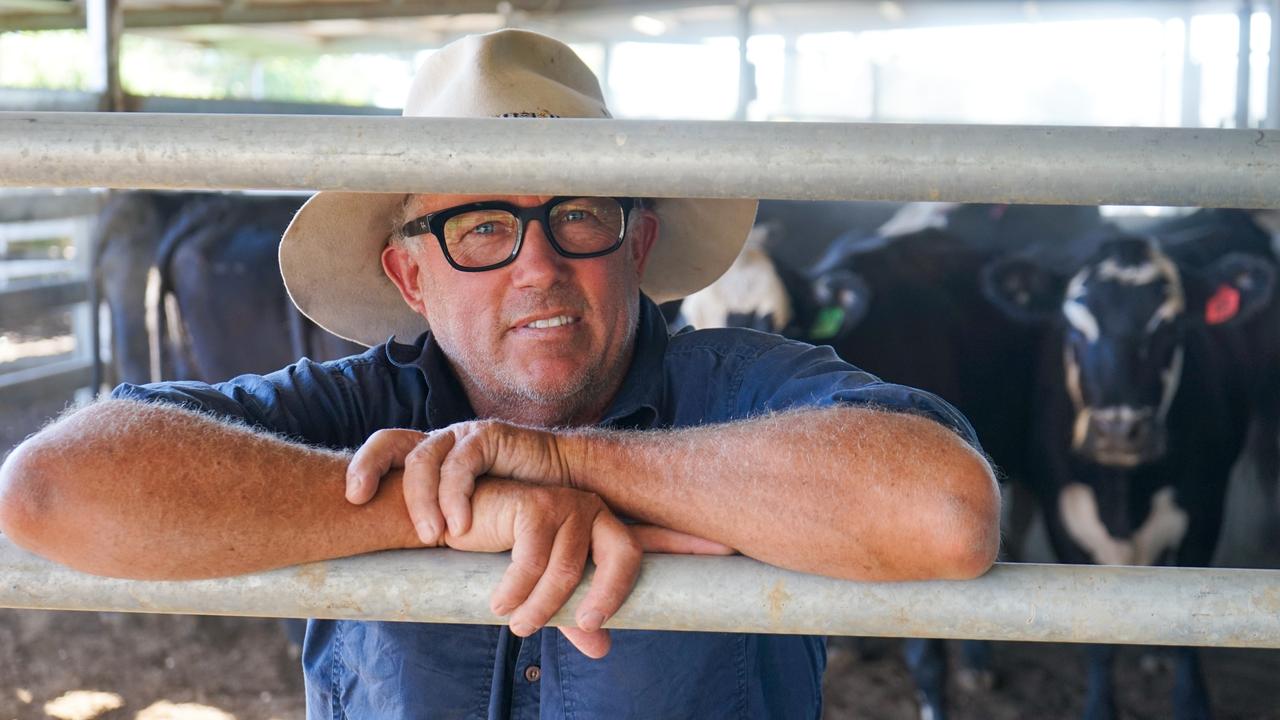Stark predictions for wool volumes as the industry struggles
The bad news keeps coming for the wool industry and stark new predictions show just how tough it is as volumes dip to those not seen for a century. We reveal the figures here.

Wool production will slip to its lowest level in more than a century as a trifecta of poor prices, global economics and a tough season hit the once proud enterprise.
The Australian Wool Production Forecasting Committee released its latest report on projected volumes on Friday, which painted a grim picture on the fibre’s future.
While the wool cut in the current financial year is expected to be about 280 million kilograms, down 8 per cent, it’s the 2025-26 forecast of 257 million kilograms that will make it the lowest since 1917, where Australia grew 248 million kilograms.

The flock is also expected to fall to 63 million, down 12 per cent on the previous financial year.
Committee chairman Stephen Hill said the number of wool growers was now “down to a core”.
But he said there was some sense of hope that the downward spiral in wool production may plateau if there was rain.
“For the past three to four years, every time the committee met, we feel there was a substantial risk in terms of downside (less volume),” Mr Hill said.
“But this time, there was a feeling that we may see a small uptick in production if the season turns.”
Mr Hill said the shrinking flock in Western Australia would not provide the usual ability for eastern states to get back into sheep, should the market turn.
And he said current prices of 1200-1300c/kg were just “keeping the lights on” at rates that were better than break even.
“At prices of 1500-1700c/kg (clean) for wool, it would make good sense to run sheep for wool,” Mr Hill said.
“The industry has had to weather all sorts of storms and pre-Covid, thing were looking like they were on the rise, but since then we’ve had tough seasons and uncertainty in the global economy, not the least of which is now around tariffs.
“Even if consumers like the good news around wool, that goes out the door when they go into the shops and buy something due to financial constraints.”
Wool Producers Australia president and Gippsland grower Steve Harrison said while some may blame the season and the planned demise of live sheep exports for production declining, it “all comes down to price”.
“If the wool price was better, people would have stayed in it,” Mr Harrison said.
“We need to be getting wool into garments, even as blends, but you look around and 10 out of 10 people are wearing synthetics.
“We have somehow missed that opportunity.”

Mr Harrison said the high prices for mutton, combined with the tough season ahead for many areas, meant more growers would choose to lighten numbers.
“We are in early May, and many areas won’t have feed until August,” he said.
“They are looking at their sheep and thinking will I feed and lamb down, or will I cut my losses and sell.”
Wool prices were cheaper this week, with the benchmark Eastern Market Indicator losing 22c/kg to close at 1210c/kg clean.




